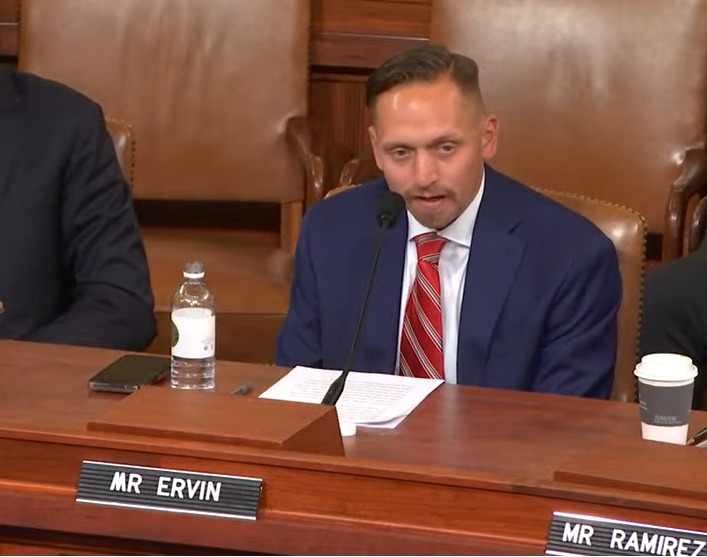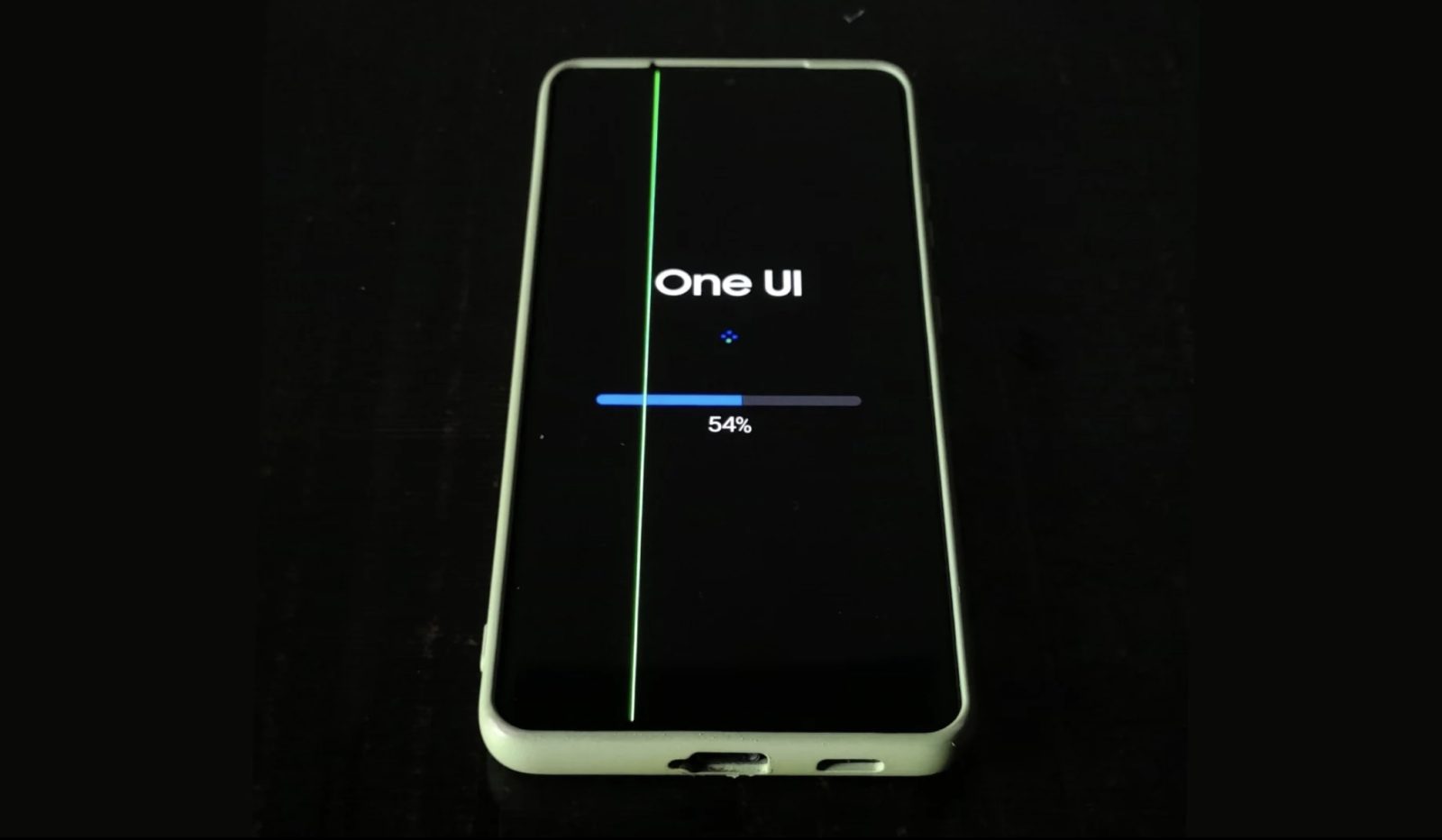10 years ago, if a kid said he would be a vlogger, i.e. a vlogger, when he grows up, most adults would probably laugh. However, today there are more than 2 billion videos in the world, and for many, videography is a real business opportunity.
Not only has the number of vloggers doubled in recent years, but the quality of videos has also improved dramatically. Video makers work with increasingly sophisticated technical devices, including cameras, drones, microphones, smartphones, and computers used to store and cut files. The success of the video depends not only on the recordings, but also on the editing, so it is the 10th of August vlogger day On this occasion, Kingston Technology summarizes why memory is key for those who want to cut video quickly and efficiently, and advises on choosing the memory capacity needed to do so.
Although you might think that vloggers have increased amazingly in the last five years, the first vloggers were born in 2000 when Adam Contrast He also posted a video next to his first blog post. The popularity of vlogs has grown exponentially since 2005, when the most popular video sharing platform, YouTube, was created. The channel allows people to share their stories and build communities through videos. Today Over a billion videos daily Let’s take a look at this site, many of which are made with increasingly professional quality. Video content creators are not only actors, photographers, sound and lighting engineers in one person, but also editors and editors. Novice videographers, who are less familiar with the technical details of blogging, should be familiar with the working principle of computer memory and the possibilities of different memory capacities as well as video tools.
What is RAM and how does it work?
Random Access Memory (RAM) is a computer’s short-term memory that allows us to quickly and efficiently access multiple programs as a user. HDD and SSD, on the other hand, are long-term memory that stores data permanently.
Editing emails, documents, or videos requires random access memory (RAM). When cutting video, the amount of memory in a PC or laptop is critical to your workflow, but video editing software uses more random access memory (RAM) than most computers have. However, without enough memory, the system will not be able to perform the tasks and the device will almost certainly crash or crash when cutting the video. Therefore, for smooth video editing, in most cases you need to expand the memory, but exactly how much is determined by the program you want to use, the recording parameters, and the different applications or programs you use at the same time.
How much RAM?
In short, the more RAM a computer has, the smoother it will run. Loading the operating system, opening a video editing program, cutting a video, and running tasks that are running in the background are all memory-consuming processes. Also, keep in mind that other open applications (such as Google Chrome and Spotify) can take up quite a bit of RAM in your device. Another important aspect of video cropping is the amount of memory required for the type and length of recording you want to edit.
8 GB: With less RAM than this, you shouldn’t start cutting. By the time the operating system is loaded and a video editing application (such as Adobe Premier Pro) is opened, the system is already using a significant portion of the 8GB of RAM. This size may be enough for editing videos at a resolution below 1080p, but you may need to close all other programs to free up some additional capacity. It is almost impossible to trim 4K videos with the 8GB capacity, and it takes a lot of patience to preview the videos as well. The 8GB of RAM is just enough for basic operations, so don’t settle for that much if you want a flawless video editing experience.
16 gigabytes: Since most computers come with 4GB of RAM by default, 16GB actually provides enough capacity to perform multiple tasks simultaneously without overloading the system. 16GB is enough to edit 1080p videos or 4K files with minimal effects. However, if background tasks are also running on the system and multiple applications are open, the efficiency may drop. Most users find 16GB of RAM difficult, but content producers and creative professionals who view larger files and run complex programs should also consider expanding to 32GB.
32 GB: This is the optimal amount of RAM for video editing. With 32GB capacity, you can now work with any file, even longer videos, and all video editing steps can be performed without slowing down your workflow. Even if you run multiple programs at the same time, you can efficiently cut and preview videos.
64 GB: Most videos do not require 64 GB of memory. If you want to edit 8K files or work with motion graphics, expanding to 64GB can be useful, but may cost more than the benefits.









































